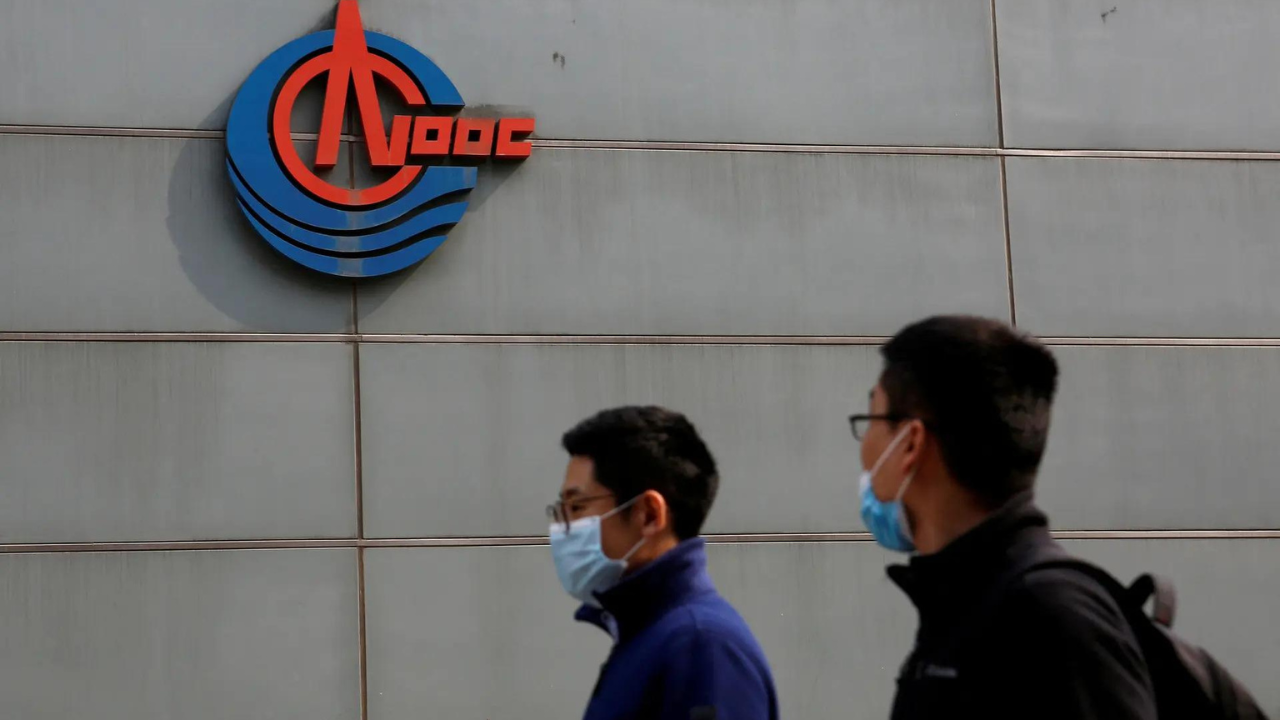China has announced the discovery of a major gas field, estimated to exceed 100 billion cubic meters, in the South China Sea, a region already fraught with military and diplomatic tensions.
This development, confirmed by the China National Offshore Oil Corporation (CNOOC) on Wednesday, could escalate disputes with other countries that have competing claims in the area.The Lingshui 36-1 gas field, labelled as the world’s first large, ultra-shallow gas field in ultra-deep waters, is located southeast of Hainan, China’s southernmost island province.
The CNOOC has affirmed that relevant government authorities have validated the data concerning the Lingshui 36-1 gas field. However, the company did not specify if the gas field falls within the contentious waters of the South China Sea.
The South China Sea is a highly contested area with China claiming most of it. Other nations with counterclaims include the Philippines, Vietnam, Malaysia, Brunei, and Taiwan. Additionally, the US, EU, Japan, and their allies support the claims of these smaller nations against China. The new findings are expected to exacerbate the existing tensions.
According to CNOOC, the combined original gas in place (OGIP) of the Yinggehai, Qiongdongnan, and Zhujiangkou basins in the South China Sea is estimated to be over 1 trillion cubic meters.
Tensions in the South China Sea are mounting, as the region is a globally significant waterway known for its abundant oil, natural gas, and fish resources. It is also one of the world’s busiest shipping lanes, with more than 20 percent of global trade passing through.
Zhou Xinhuai, president and chief executive of CNOOC, said, “The South China Sea has been a major region for the company to boost natural gas reserves and production. The successful testing of Lingshui 36-1 further expands the resource base for the development of a trillion-cubic-meters gas region in the South China Sea.”
He added, “The company will continue to step up exploration and development of hydrocarbon resources in the South China Sea and to enhance our capacity of energy supply.”
China stands as the world’s largest natural gas importer, having spent approximately $64.3 billion on 120 million tonnes of liquefied and pipe gas in 2023. The discovery of substantial reserves would enhance the nation’s energy security.
However, developing oil and gas resources in the South China Sea poses diplomatic and political challenges from rival claimants in the region. A previous incident in 2014 involving CNOOC’s oil rig, Ocean Oil-981, operating near the disputed Paracel Islands resulted in large-scale anti-China protests in Vietnam.
Moreover, Beijing has sought to prevent unilateral oil and gas development activities in the South China Sea by other nations.
This development, confirmed by the China National Offshore Oil Corporation (CNOOC) on Wednesday, could escalate disputes with other countries that have competing claims in the area.The Lingshui 36-1 gas field, labelled as the world’s first large, ultra-shallow gas field in ultra-deep waters, is located southeast of Hainan, China’s southernmost island province.
The CNOOC has affirmed that relevant government authorities have validated the data concerning the Lingshui 36-1 gas field. However, the company did not specify if the gas field falls within the contentious waters of the South China Sea.
The South China Sea is a highly contested area with China claiming most of it. Other nations with counterclaims include the Philippines, Vietnam, Malaysia, Brunei, and Taiwan. Additionally, the US, EU, Japan, and their allies support the claims of these smaller nations against China. The new findings are expected to exacerbate the existing tensions.
According to CNOOC, the combined original gas in place (OGIP) of the Yinggehai, Qiongdongnan, and Zhujiangkou basins in the South China Sea is estimated to be over 1 trillion cubic meters.
Tensions in the South China Sea are mounting, as the region is a globally significant waterway known for its abundant oil, natural gas, and fish resources. It is also one of the world’s busiest shipping lanes, with more than 20 percent of global trade passing through.
Zhou Xinhuai, president and chief executive of CNOOC, said, “The South China Sea has been a major region for the company to boost natural gas reserves and production. The successful testing of Lingshui 36-1 further expands the resource base for the development of a trillion-cubic-meters gas region in the South China Sea.”
He added, “The company will continue to step up exploration and development of hydrocarbon resources in the South China Sea and to enhance our capacity of energy supply.”
China stands as the world’s largest natural gas importer, having spent approximately $64.3 billion on 120 million tonnes of liquefied and pipe gas in 2023. The discovery of substantial reserves would enhance the nation’s energy security.
However, developing oil and gas resources in the South China Sea poses diplomatic and political challenges from rival claimants in the region. A previous incident in 2014 involving CNOOC’s oil rig, Ocean Oil-981, operating near the disputed Paracel Islands resulted in large-scale anti-China protests in Vietnam.
Moreover, Beijing has sought to prevent unilateral oil and gas development activities in the South China Sea by other nations.
Source : Times of India






